Date: 9 June 2017
Time: 9.50 - 13.00
Place: Rådssalen
Overview program followed by abstracts.
To go directly to a specific abstract please click on the title of the speech.
Keynote
09.50 - 10.30
Mette Bohl, Postdoc, Department of Endocrinology and Internal Medicine, Aarhus University Hospital, Denmark
Presentations
10.30 - 10.50
Daniela Barile, Professor, Department of Food Science & Technology, University of California – Davis, USA
10.50 - 11.10
Lars Holm, Associate Professor, Department of Biomedical Sciences, University of Copenhagen, Denmark
11.50 - 12.10
Emily Sonestedt, Associate Professor, Department of Clinical Sciences, Lund University, Sweden
12.10 - 12.30
Saara Pitkänen, Product Developer, Valio Ltd, Finland
Flash talks
12.30 - 12.40
Bashar Amer, Postdoc, Department of Food Science, Aarhus University, Denmark
12.40 - 12.50
Sara Engel, PhD Student, Department of Nutrition, Exercise and Sports, Faculty of Science, University of Copenhagen, Denmark
12.50 - 13.00
Farinaz Raziani, PhD Student, Department of Nutrition, Exercise and Sports, University of Copenhagen, Denmark
Abstracts

Milk fat and its impact on the metabolic syndrome
The metabolic syndrome (MeS) is a cluster of risk factors associated with a 2-3-fold increased risk of cardiovascular disease (CVD) and a 5-fold increased risk of type 2 diabetes (T2D). The risk factors included in the MeS are abdominal obesity, dyslipidemia, elevated blood pressure, and hyperglycemia.MeS and lifestyle (incl. dietary patterns) are closely associated. Dairy products are a valuable source of nutrients, vitamins, and minerals; however, the health-related aspects of dairy product consumption are widely discussed, especially due to the nature of the lipid content. Dairy lipids are rich in saturated fatty acids (SFA) and intake of SFAs is associated with increased risk of CVD. The Danish Health and Medicines Authority recommend that the daily amount of energy intake from SFA does not exceed 10 E%.In general, SFAs may increase LDL cholesterol when replacing carbohydrate or other dietary fatty acids; however, it is observed that dairy fat intake concomitantly increase HDL cholesterol, keeping the HDL:LDL ratio unchanged.Observational studies find no clear association between risk of T2D and CVD and dairy products consumption, although dairy products are rich in SFA. This may be due to several different components within the dairy products, but we must keep in mind that dairy lipids are a structurally heterogeneous group. Interestingly, dairy lipids are rich in medium-chain SFA (MC-SFA) (chain length C6-C12), whereas SFA in e.g. meat mainly consist of long-chain SFA (LC-SFA) (chain length >C12). MC-SFA and LC-SFA differ with regards to absorption, transportation, and degradation. Meta-analyses conclude that consumption of MC-SFAs reduces body fat and body weight compared with consumption of LC-SFAs, probably due to increased energy expenditure. Our recent results from an intervention study corroborate the beneficial effect of MC-SFA on body composition. Furthermore, a recent observational study found an inverse association between the consumption of MC-SFAs and T2D.
Mette Bohl, Postdoc, Department of Endocrinology and Internal Medicine, Aarhus University Hospital, Denmark
PhD in Medicine, Aarhus Uni. Previous experience: researcher at Dept. of Endocrinology and Internal Medicine, Aarhus Uni. Hospital. Research area is within dairy lipids, dairy proteins and the impact on risk factors for cardiovascular disease, metabolic syndrome and type 2 diabetes.

The effect of bioactive dairy ingredients on obtaining a healthy intestinal microbiota
Human milk is the ideal food in terms of nutrition for newborns, as it provides a myriad of bioactive functions that influence infant’s healthy growth, before they are able to digest any other food. Studies show that exclusive human milk feeding during the first few months of life decreases the risk of developing necrotizing enterocolitis (NEC) compared to commercial infant formula feeding. Despite the important role of human milk for health, a particular difficulty with research in this area is the lack of sufficient material for performing large functional and in vivo studies. In the search of bioactive compounds mimicking human milk, bovine milk oligosaccharides (BMO) were discovered a few years ago. To this extent, our group has explored the viability of dairy streams as sources and identified a multitude of BMO in cheese whey permeate, the by-product of whey protein concentration. The concurrent application of mass spectrometry methods with novel purification techniques enable gaining valuable information about the bioactive milk oligosaccharides and guide their separation process from dairy streams. This work has also been generating valuable bioinformatic libraries containing the experimentally determined information (accurate masses measurements, tandem spectra and retention times) of bovine glycans to facilitate their identification in other dairy streams (e.g. mother liquor). Preliminary in vitro results using purified BMO fractions demonstrate significant growth of commensal bacteria. Released N-glycans from milk proteins demonstrated an even higher prebiotic selectivity towards specific strains of beneficial Bifidobacteria. Additionally, the ability to use novel processing enzymes cloned from Bifidobacteria to harvest bioactive human milk oligosaccharide (HMO)-mimics (glycans from proteins) using an abundant and inexpensive substrate such as cheese whey, will enable development of new food products with health guiding capabilities for infants, immuno-compromised elderly, and the population at large as well as add value to an existing agricultural co-product.
Daniela Barile, Professor, Department of Food Science & Technology, University of California – Davis, USA
PhD in Food Science, Uni. of Piemonte Orientale. Experience includes positions at Uni. California and Uni. Piemonte Orientale, Teagasc. Her research focuses on the interface of food and health, particularly to explore prebiotic carbohydrates interaction with microbes in foods and in the digestive tract. The Barile Lab has established a high-throughput analysis platform for glycans and has been pioneering methods to obtain pure prebiotic oligosaccharides from dairy waste streams, such as whey permeate and other streams derived from protein purification.

Stratified nutrition for all ages
Age-related loss of skeletal muscle mass and strength leading to impairment in daily function, increased risk of disability, frailty and development of comorbidities is occurring in even healthy, elderly people. In the forthcoming decades demography foresees that the number of elderly citizens will increase, and so will the societal expenses for welfare services for elderly care, nursing, and hospitalizations. Therefore, strategies to counteract the age-related loss of skeletal muscle mass, strength and function of the general elderly population are requested.During the last decades, exercise and nutrition physiology sciences have markedly increased our knowledge on ways to gain muscle mass and strength. Today, we know that muscular training and specifically protein intake are two strategies that are effective in maintaining and improving muscle mass and function. This lecture will present the background knowledge supporting potential actions to gain muscle size and function through interventions with protein intake and muscular training. Some of the latest on-going research projects will be outlined and preliminary data shared.
Lars Holm, Associate Professor, Department of Biomedical Sciences, University of Copenhagen, Denmark
PhD in Exercise and Nutrition, Uni. Cph. Previous experience: Postdoc and Associate Professor at Inst. Sports Medicine, Uni. Cph. Leader of the Protein Turnover Group. His work focuses on the understanding of how the skeletal muscle is affected by exercise, immobility, diet and nutrient supplementation, and how these responses are affected by age, disease, and medications/hormones.

Fermented products and their effects on cardiovascular disease
Since dairy products are important contributors to the intake of saturated fat in the Western diet, the general recommendation is reduction in intake of high-fat dairy products. However, the effects of dairy products on cardiovascular disease risk is still unclear. In fact, a meta-analysis of prospective cohort studies showed a modest inverse association between dairy intake and risk of cardiovascular disease. Since these products possess different characteristics it might be important to examine them separately for disease risk. However, very few studies have specifically evaluated the relation between fermented milk intake and cardiovascular disease risk. Among 26,445 individuals from the Swedish Malmö Diet and Cancer cohort, consumption of dairy products was inversely associated with risk of cardiovascular disease. Among the specific dairy products, a protective relationship was observed only for fermented milk. The highest vs. lowest intake category of fermented milk was associated with 15% decreased risk. Cheese intake was significantly associated with decreased risk in women only. Interestingly, we observed lower degree of insulin resistance among subjects with high intake of fermented dairy products. A protective association with high intake of fermented milk was also observed in another study, where lower intake of fermented milk was observed among Swedish men that subsequently had a myocardial infarction compared to healthy controls. High fermented milk intakes were associated with healthier food habits in our study, e.g. higher intake of fruit, vegetables, whole grains and fish. Therefore, it may be difficult to separate out the effect of fermented milk intake from the entire lifestyle and food pattern. In addition, the impact of dairy foods may be more pronounced in different dietary contexts. Our study suggests that it is important to examine dairy products separately, especially fermented and non-fermented milk products, when investigating their health effects.
Emily Sonestedt, Associate Professor, Department of Clinical Sciences, Lund University, Sweden
PhD in Public Health and Nutritional Epidemiology, Lund Uni. Previous experience: various positions at Lund Uni. and Lund Uni. Hospital and as visiting researcher at the Children's Hospital Oakland Research Inst., California. Research focuses on how genetic factors interact with our diet habits and how this impact on the risk of developing cardiovascular diseases, dyslipidemia and type 2 diabetes.

Salt reduction by natural milk minerals
Sodium chloride is the most widely used salt in the food industry. Currently, the average salt intake is 9-12 g/day, whereas WHO has suggested that the salt intake should be <5 g/day. Sodium can cause hypertension and other health problems. Common salt sources in our diets are processed foods, bread, meat products and cheeses. The salt level of many cheeses is around 1.5% and for spreads it is around 1.2%. An alternative source of salt is milk minerals. Milk has a small mineral fraction, about 7 g/L. The biggest parts of this fraction are calcium, phosphorus and potassium. There is almost 80% less sodium in milk mineral salt than in common table salt. When compared to sodium, potassium has an antagonistic effect and can lower blood pressure. Although potassium has a more metallic aftertaste, it does have potential for salting purposes in combination with sodium chloride. This presentation introduces reduced salt products that have been made using milk minerals. The salt level in the final products is 0.6-0.7% and they still have a pleasant taste. When the whole cheese sandwich is made from products made with milk mineral salts, it is possible to decrease the salt intake by 50% when compared to the original products. These products are very promising also from the nutritional economics point of view as 65 million euros can be saved from the health care costs in Finland in the next 10 years, when this level of salt reduction is achieved in every day products.
Saara Pitkänen, Product Developer, Valio Ltd, Finland
MSc in Food Technology, Helsinki Uni. Previous experience includes starter and phage knowledge in dairies. Her area of expertise is within cheese development with special emphasis on cheese flavor formation and competitive innovations.

Consumption of milk may reduce lipid uptake and storage and increase rates of energy expenditure
Background: Studies indicate that milk consumption may reduce risk of overweight. The mechanism behind is not well-documented, but the protein ANGPTL4 may play a role. ANGPTL4 is known to inhibit uptake of lipid from blood stream to adipose tissue. Butyric acid upregulates ANGPTL4, and as milk is one of a few food sources containing this fatty acid, we studied the effect of milk on ANGPTL4 in pigs. Metabolomics was used to reveal possible underlying mechanisms.Results: Our in vitro studies showed that free fatty acids (FFAs), especially short and medium chain FFAs, induced ANGPTL4 gene expression and protein secretion. In pigs fed milk, small intestinal ANGPTL4 gene expression was increased compared to the control group. Long saturated FFAs (C14-C18) were more abundant in the last part of the large intestine and in feces in the milk supplemented group. This may be a consequence of increased ANGPTL4 secretion from the pancreas to the intestine resulting in a reduced lipolytic activity. At the same time, short and medium chain FFAs (SMCFFAs) (C4-C12) were excreted to the urine indicating a quicker uptake of those compared to the long chain FAs. Their presence in urine might be a result of a homeostasis process. Furthermore, two ω-oxidation products of medium chain FAs were observed in the milk group, indicating higher rates of the energy expenditure, which may eventually reduce the gain of body fat. Conclusion: Consumption of milk may reduce lipid uptake and storage and increase rates of energy expenditure.
Bashar Amer, Postdoc, Department of Food Science, Aarhus University, Denmark
PhD in metabonomics, Aarhus Uni. Previous experience: PhD study on ‘Dairy Health – Metabolic based study of bio-markers affected by intake of milk components’ and his present Postdoc position working on green proteins. Field of expertise is within metabonomics, analytical chemistry and fat metabolism.

Is butter back?
Public guidelines have for decades recommended to cut down on high-fat dairy products such as butter due to the high content of saturated fat, which is known to increase low-density lipoprotein (LDL) cholesterol concentrations in the blood. However, meta-analyses of prospective cohort studies have found no association between saturated fat intake and cardiovascular risk and a recent meta-analysis found that evidence of an association of butter with cardiovascular disease (CVD), mortality or diabetes is small or neutral. These finding are based on cohort studies and not on randomized, controlled dietary interventions studies.With the known cholesterol-raising effect, butter has often been included as a negative control in high amounts in dietary intervention studies, whereas the effect of a moderate butter intake on cholesterol has not been investigated. We compared the effects of a moderate butter intake, olive oil or a habitual diet on blood lipids, glucose, and insulin. The study was a controlled, double-blinded, randomized 2 x 5 week-crossover dietary intervention study with a 14-day run-in period during which the subjects consumed their habitual diet. The study included 47 healthy men and women, who substituted a part of their habitual diet with 4.5% of energy from butter or refined olive oil. We found that a moderate intake of butter resulted in an increase in total and LDL cholesterol compared with olive oil intake and a habitual diet (run-in).Furthermore, a moderate butter intake was also followed by an increase in high-density lipoprotein (HDL) cholesterol compared to habitual diet. These findings support that a moderate butter intake may be considered as part of the diet in the normocholesterolemic population, and that in moderate consumption butter is neither very harmful nor beneficial.
Sara Engel, PhD Student, Department of Nutrition, Exercise and Sports, Faculty of Science, University of Copenhagen, Denmark
MSc in Human Nutrition from Uni. Cph. Previous experience: Danish Veterinary and Food Administration, Health Group A/S, Uni. Cph, The Danish Consumer Council, The Danish Cancer Society, Altinget.dk and Tech. Uni. Dk. Current research interests are within dairy and the risk of cardiovascular decease and type 2 diabetes.

Effect of fat content of cheese on the markes of type 2 diabetes and on appetite sensation
Background: Cheese consumption has been associated with lower risk of type II diabetes (T2D). However, the effect of cheese with different fat content on changes in postprandial insulin and glucose remains unknown. Objective: The aim was to compare the effect of meals containing cheese with different fat content or carbohydrate-rich foods on postprandial changes in glucose, insulin, triacylglycerol (TAG), and free fatty acids (FFAs), and subjective appetite sensations, after 12 weeks’ habituation to the diets. Design: A 4h postprandial meal test was conducted after a 12-week randomized controlled trial. Subjects were served 1 of 3 breakfast meals: REG, 80 g regular fat cheese with 75 g wheat bread (46.4E% fat, 33E% carbohydrate, 20.6E% protein); RED, 80 g reduced fat cheese with 75 g wheat bread (33.7E% fat, 37E% carbohydrate, 29.3E% protein); CHO, 165 g white wheat bread with 25 g jam (6.5E% fat, 83.4E% carbohydrate, 10.1E% protein). Blood samples and appetite sensations were measured before and 30, 60, 90, 120, 180 and 240 min after breakfast commenced. Differences between meals were evaluated using linear mixed models. Results: A total of 37 subjects [mean ± SD age: 53.4 ± 12.4 y; BMI: 28.3 ± 3.8 kg/m2] completed the sub-study. Postprandial insulin response was higher after the CHO meal than after the two cheese meals (P < 0.05). At 180 and 240 min, TAG concentrations were significantly higher for the REG meal compared with the CHO and RED meals (P < 0.05). There were no significant differences in FFA or subjective appetite sensations.Conclusion: Regular fat cheese consumed for 12 weeks did not result in increased levels of postprandial glucose and insulin, but resulted in elevated postprandial TAG levels compared with an equal amount of reduced-fat cheese. Subjective appetite sensations did not differ between the meals.
Farinaz Raziani, PhD Student, Department of Nutrition, Exercise and Sports, University of Copenhagen, Denmark
MSc in Molecular Nutrition and Food Tech., Aarhus Uni.
Previous experience: project assistant on metabolomics in beer research Uni. Cph. Her current research interest is within dairy products and human health.
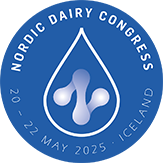

















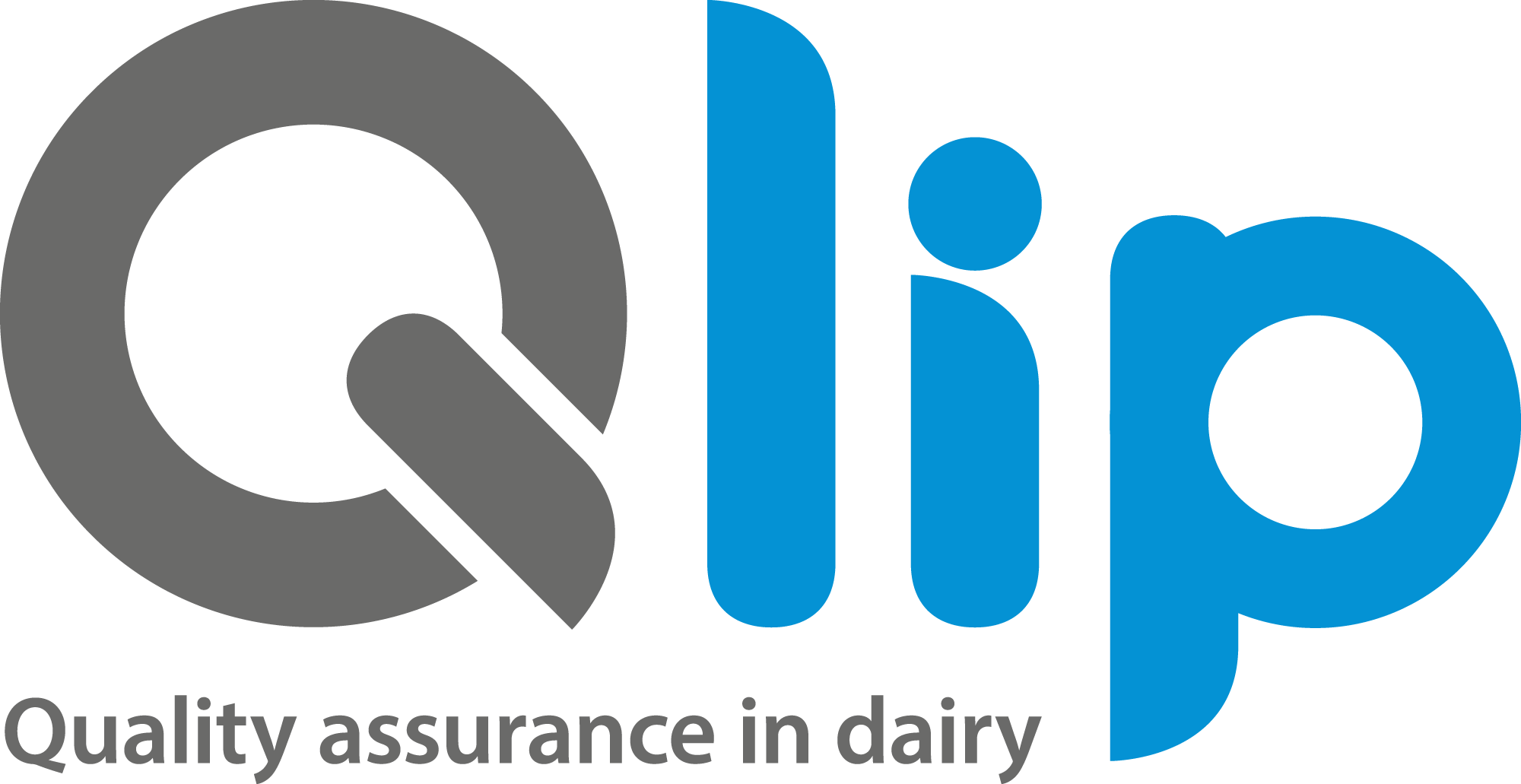


















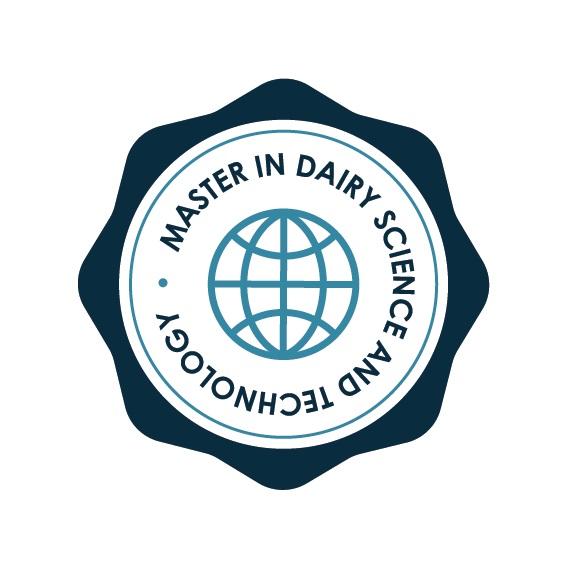


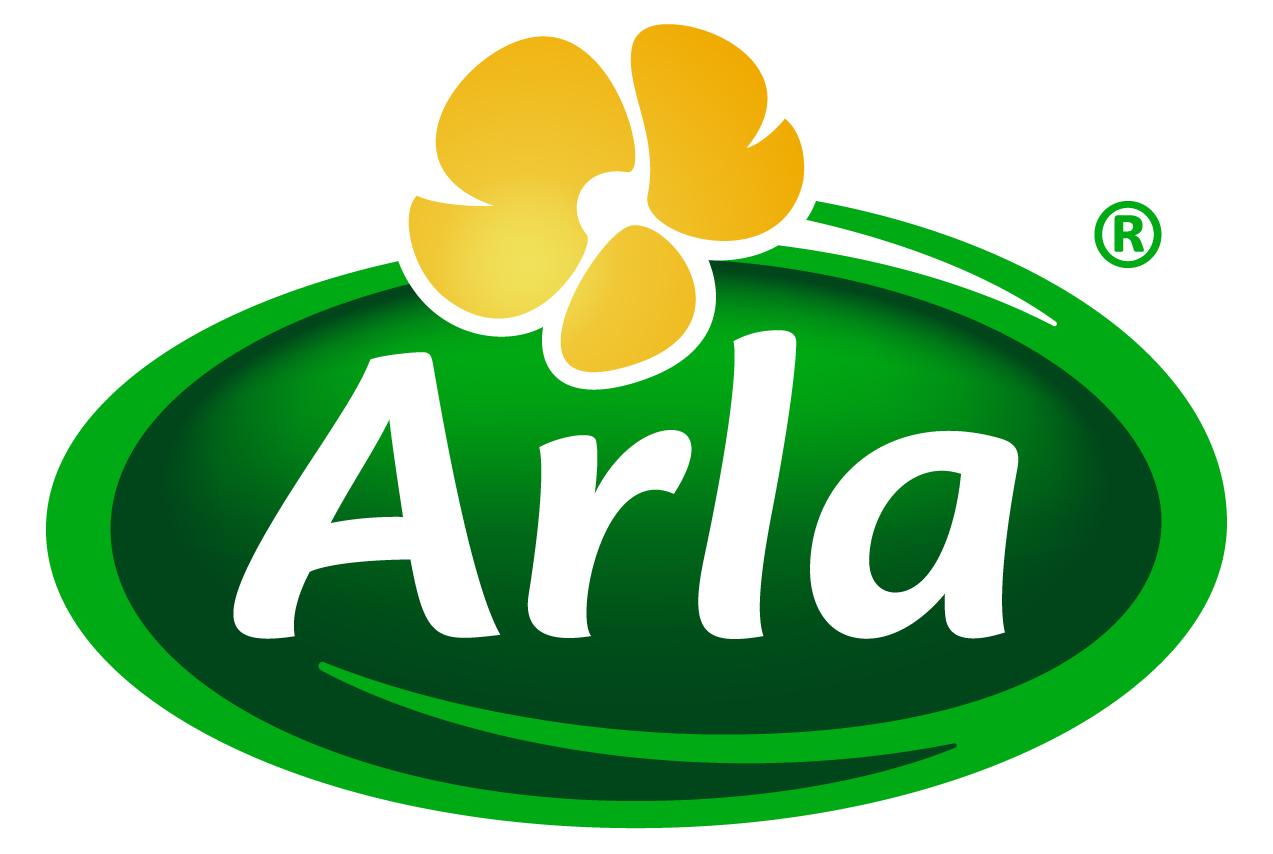

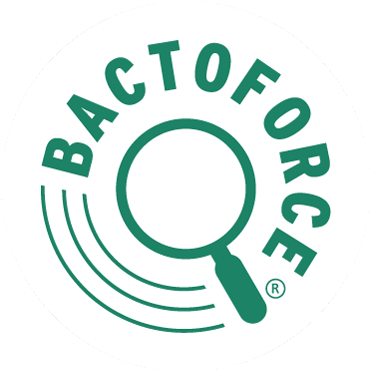

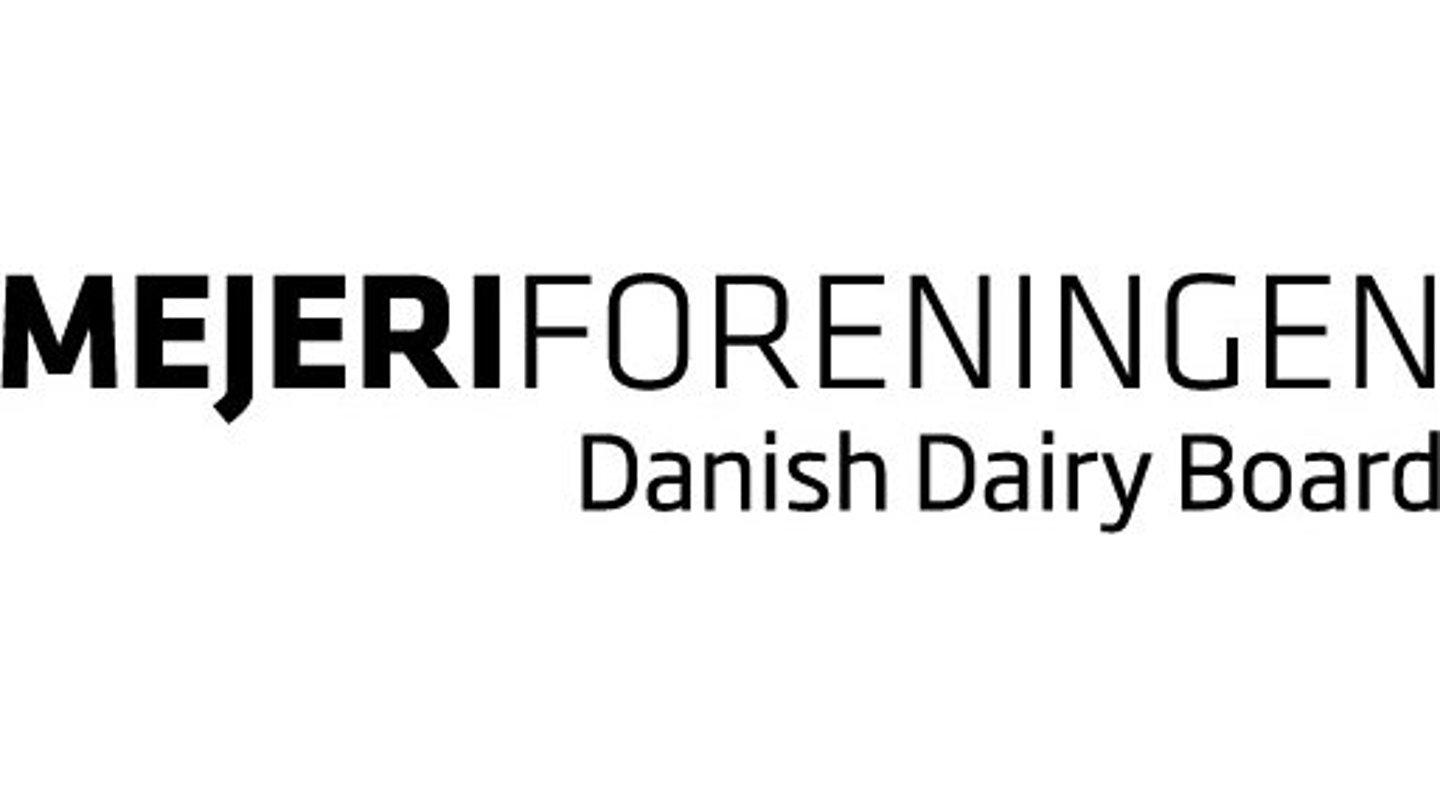
 Munkehatten 28
Munkehatten 28